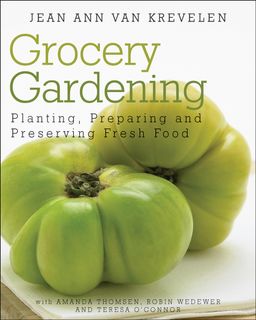It wasn’t long ago that our lives existed without blogs. In fact, those were the days when a “blog” sounded like something to clean up with a paper towel, to paraphrase my photographer friend Isabel Gomes.
That’s the past, however. Today there are literally a gazillion blogs out there with loyal readers – and many of them feature great gardening tips.
Where to begin? Well, Blotanical will get you off to a good start. The directory features more than 1,350 gardening blogs from 60 different countries.
To get the scoop, Seasonal Wisdom spoke with Blotanical founder Stuart Robinson of Busselton , Western Australia
Reason behind Blotanical?
Stuart says his desire was “to have one place where you could find, and interact with, garden bloggers who lived locally and also those who lived in other countries.”
Importance of directories like Blotanical?
“Blotanical helps us reach out to those around us who have similar garden experiences and learn from those who have more [knowledge] while giving back to those who are keen to learn,” he explains. “The directory is very helpful as a starting point for this interaction.”
Pleasant surprises?
“I love to hear stories of relationships that have been forged through this site,” says Stuart. “I think it is one of the most endearing traits of Blotanical. It’s an element that can’t be counterfeited, yet when it’s apparent it is obvious that the directory is healthy and growing.”
New developments in pipeline?
Look for new features to be added soon to the directory. “As a site, Blotanical is only just warming up,” adds Stuart. “In the next 12-18 months, I think we will see some amazing features put in the hands of gardeners.”
For more information, visit www.blotanical.com.
For more information, visit www.blotanical.com.






 Meet Maggie O'Connor, the newest addition to our family. She's a sweet-tempered, lovable hound mix that we adopted from the
Meet Maggie O'Connor, the newest addition to our family. She's a sweet-tempered, lovable hound mix that we adopted from the 



























